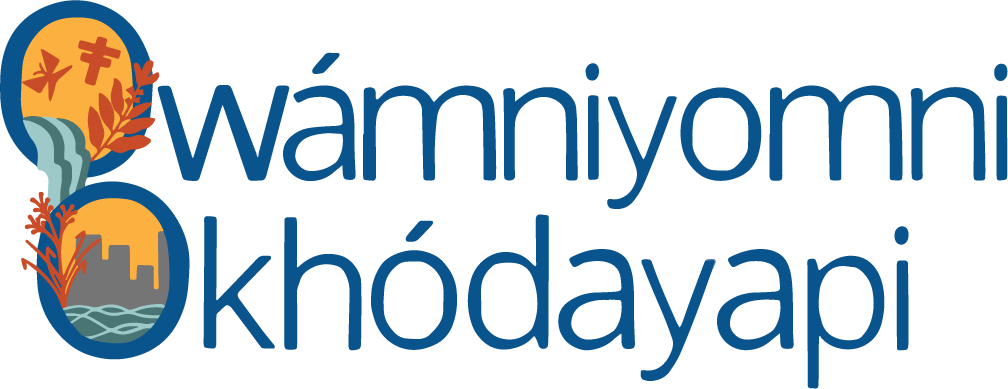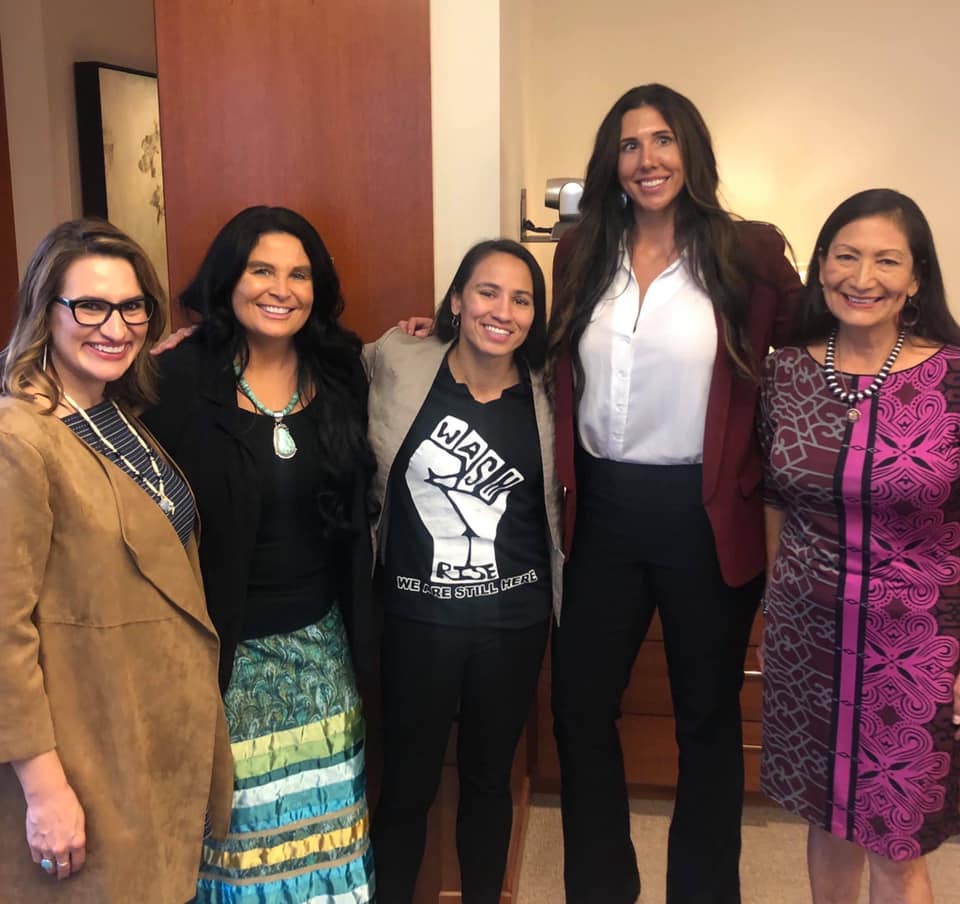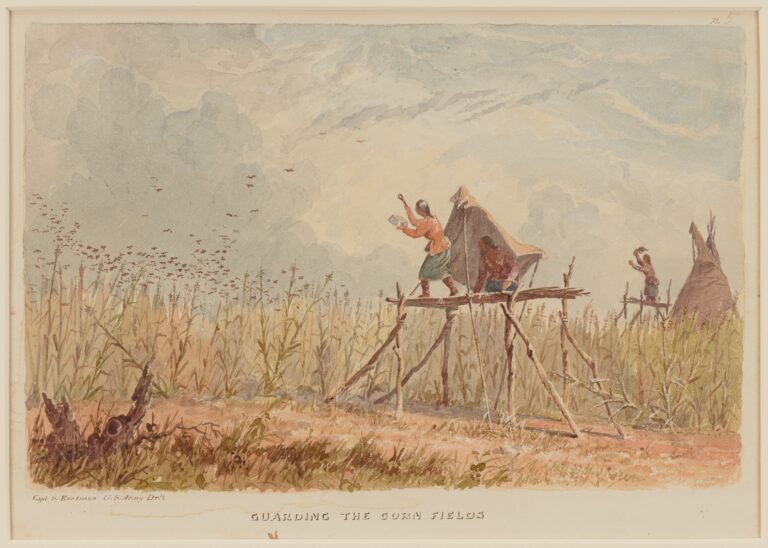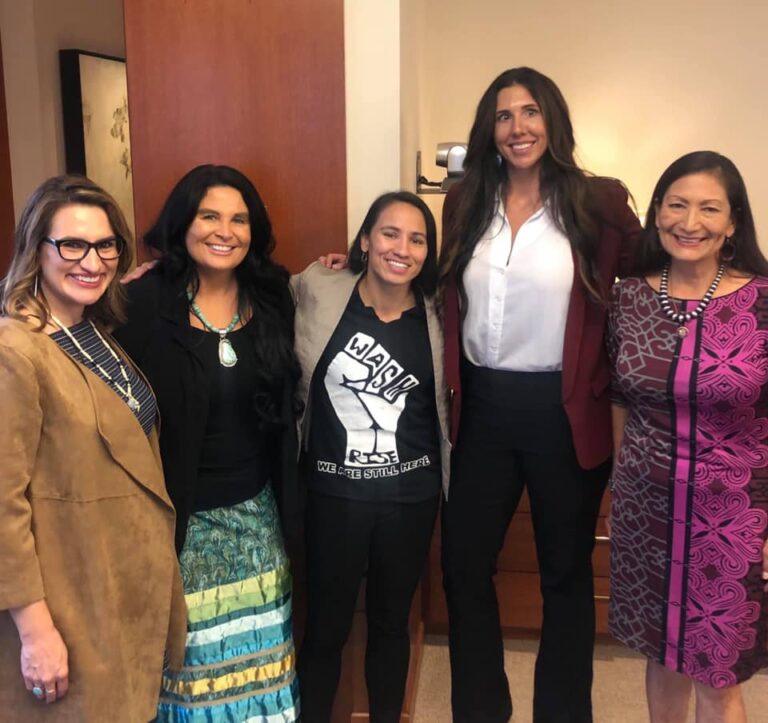By Owámniyomni Okhódayapi | March 21, 2024
Many Indigenous cultures around the world, including the Dakota people, placed women at the center of familial and societal structures, with lineage, power and respect flowing through the maternal line. Many of these structures were lost during colonization as European societal structures were imposed upon Indigenous communities and seeds of modern day patriarchal gender structures were planted. In today’s post we explore what it means to be a matriarchal society, the impact of colonization on that structure and the impact on Indigenous women today.
Some define a matriarchy as a social structure in which women have complete control and authority over the community, while others use the term more loosely to express a structure in which women are held sacred and looked to for their wisdom and advice. The concept of both the matriarchy and patriarchy are European ways of thinking about societal power; these concepts didn’t exist on Turtle Island (North America) until colonization and therefore are hard to apply to traditional Indigenous societies.
In these traditional societies, women held multifaceted roles that were both complex and deeply respected. They were leaders, decision-makers, healers and keepers of knowledge essential for the community’s survival. Their contributions were not only acknowledged but also integral to the overall well-being and prosperity of their people.
One of the fundamental aspects of Indigenous matriarchy is the emphasis on matrilineal descent. Unlike the patrilineal systems prevalent in many modern societies, where familial ties are traced through the father’s lineage, Indigenous cultures often traced ancestry through the mother. This practice not only recognized the vital role of women in passing down traditions, cultural knowledge and heritage, but also ensured a strong sense of community and connection rooted in maternal bonds. Father Joseph-Francois Lafitau, a french missionary, wrote this of women’s roles in Indigenous societies on Turtle Island: “It is they who really maintain the tribe, the nobility of blood, the geological tree, the order of generations and conservation of families. In them resides all the real authority: the lands, the field, and all their harvest belong to them; they are the soul of councils, the arbiters of peace and war…”
Eastman, Seth, 1849-1855. Gaurding the Corn Fields. Minneapolis Institute of Art
The arrival of European colonizers marked a seismic shift in the dynamics of Indigenous societies. Colonial powers sought to impose their patriarchal systems, which devalued women’s roles and disrupted the balance of matriarchal traditions. Land dispossession, forced assimilation, and the imposition of foreign legal and political structures further eroded Indigenous autonomy and self-governance. This shift was often accompanied by systemic violence against Indigenous women, including sexual assault, forced sterilization and the removal of children from their families.
Despite these historical and ongoing challenges, Indigenous women continue to be resilient agents of change. Leaders like Peggy Flanagan, Lieutenant Governor of Minnesota and member of the White Earth Band of Ojibwe, and Deb Haaland, Secretary of the Interior and member of the Laguna Pueblo tribe, are paving the way for Indigenous representation and policy reform at the highest levels of government. As are local Dakota nonprofit leaders such as Maggie Lorenz of Wakan Tipi Awanyankapi and Owámniyomni Okhódayapi’s very own Shelley Buck. Their leadership serves as a beacon of hope for future generations of Indigenous women and girls.
Owámniyomni Okhódayapi President Shelley Buck pictured with Lieutenant Governor of Minnesota Peggy Flanagan and United States Secretary of the Interior Deb Haaland. Also pictured is Kansas Representative Sharice Davids and Prairie Island Tribal Attorney Jessie Stomski.
Indigenous women-led movements like the Missing and Murdered Indigenous Women and Relatives (MMIWR) movement are bringing attention to the epidemic of violence against Indigenous women and calling for justice and accountability. This grassroots movement has sparked national and international awareness, leading to legislative action and community-based initiatives aimed at addressing the root causes of violence and supporting survivors.
Despite centuries of systemic oppression and cultural erasure, Indigenous women persist as advocates and guardians of ancestral wisdom. Their resilience is evident in movements for Indigenous rights, environmental stewardship and cultural revitalization. Through art, activism and advocacy, Indigenous women are reclaiming their voices and asserting their rightful place as leaders and changemakers.
